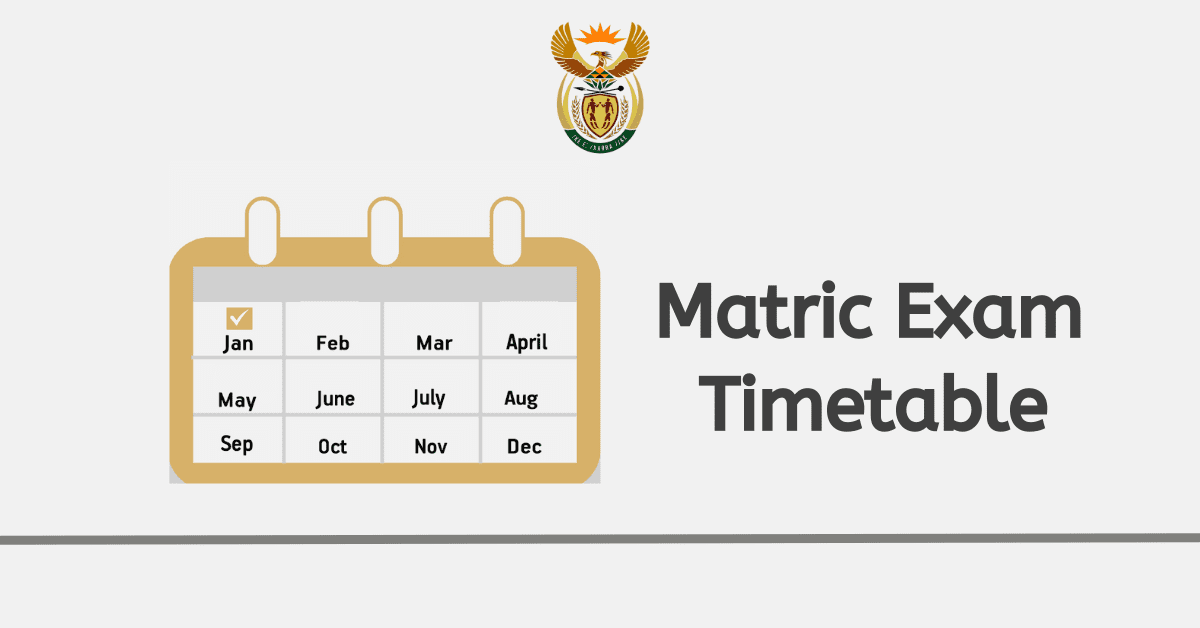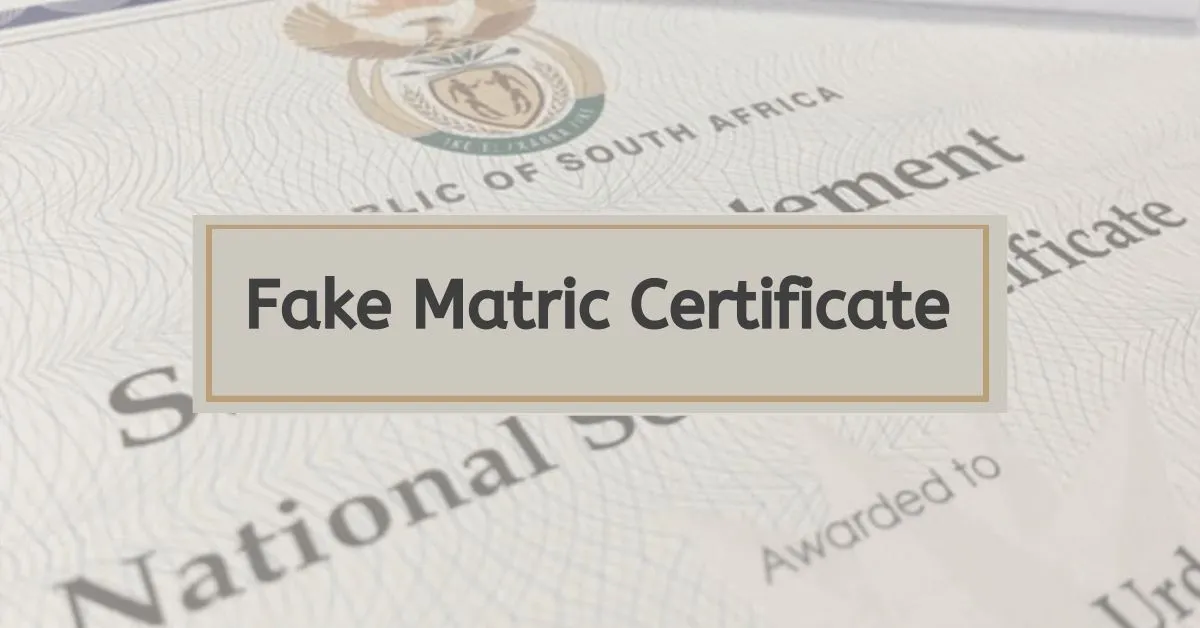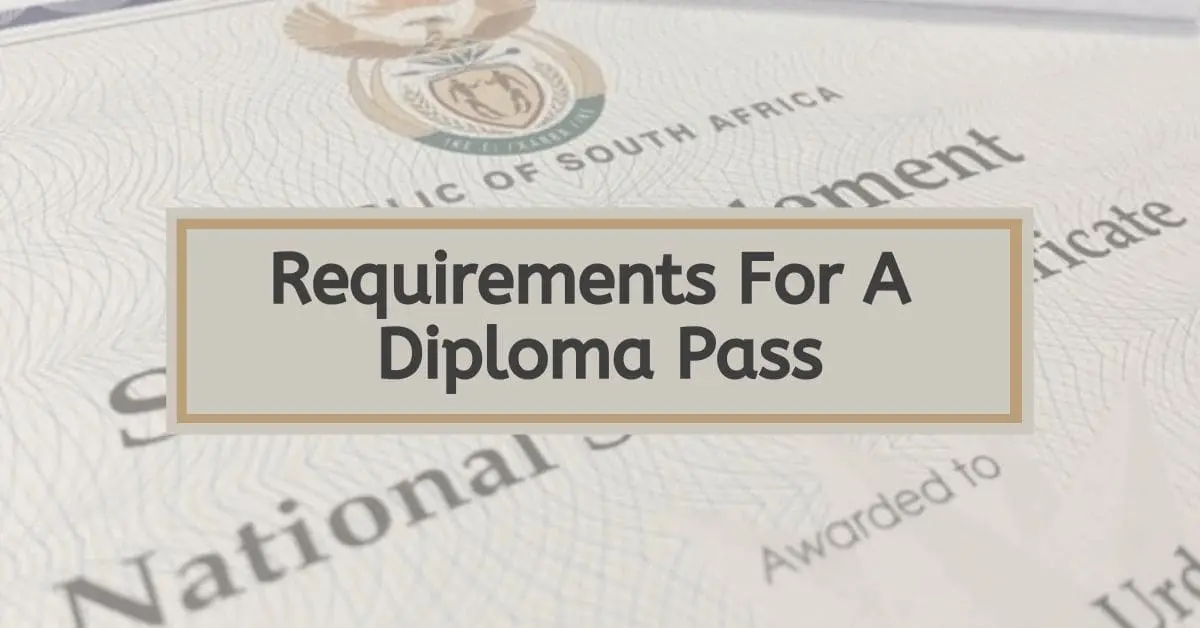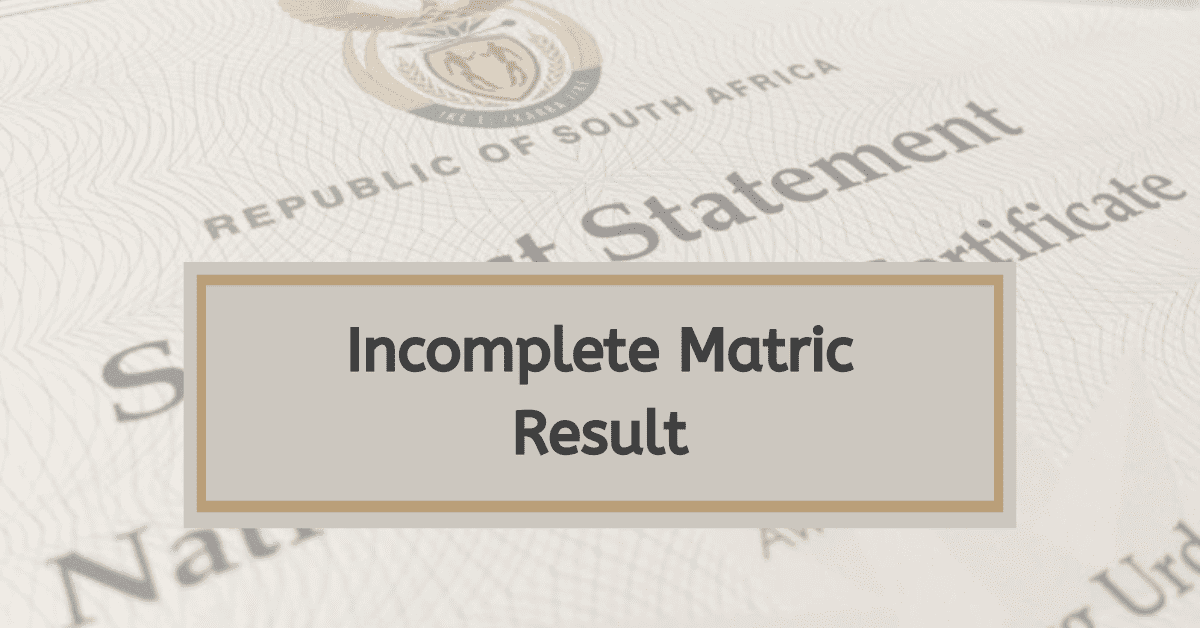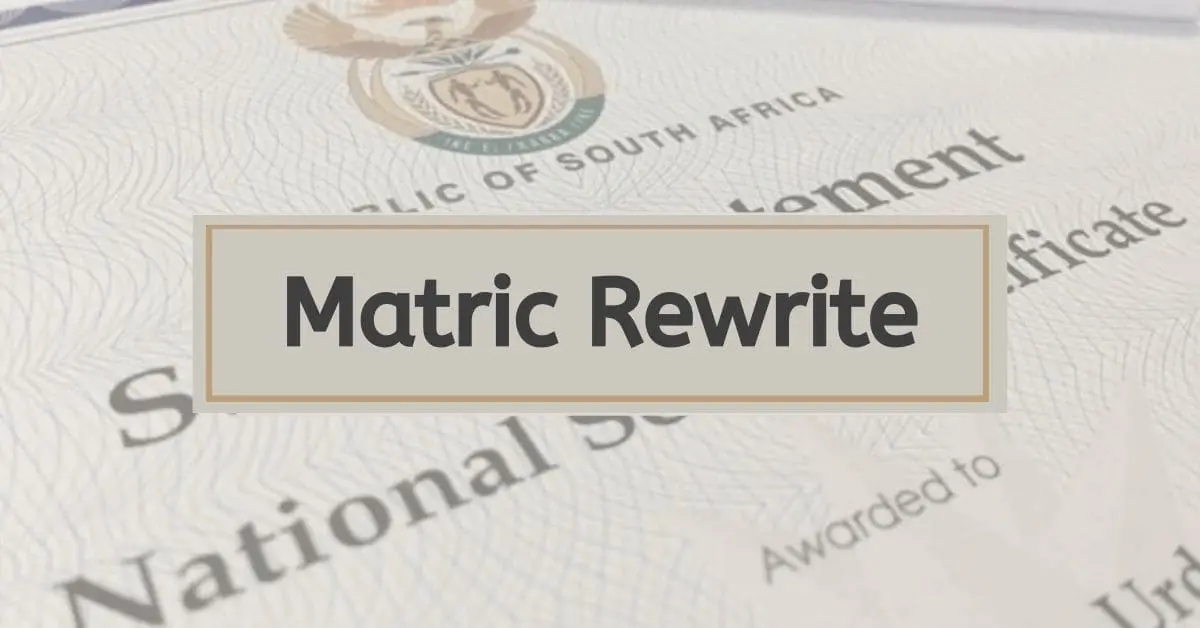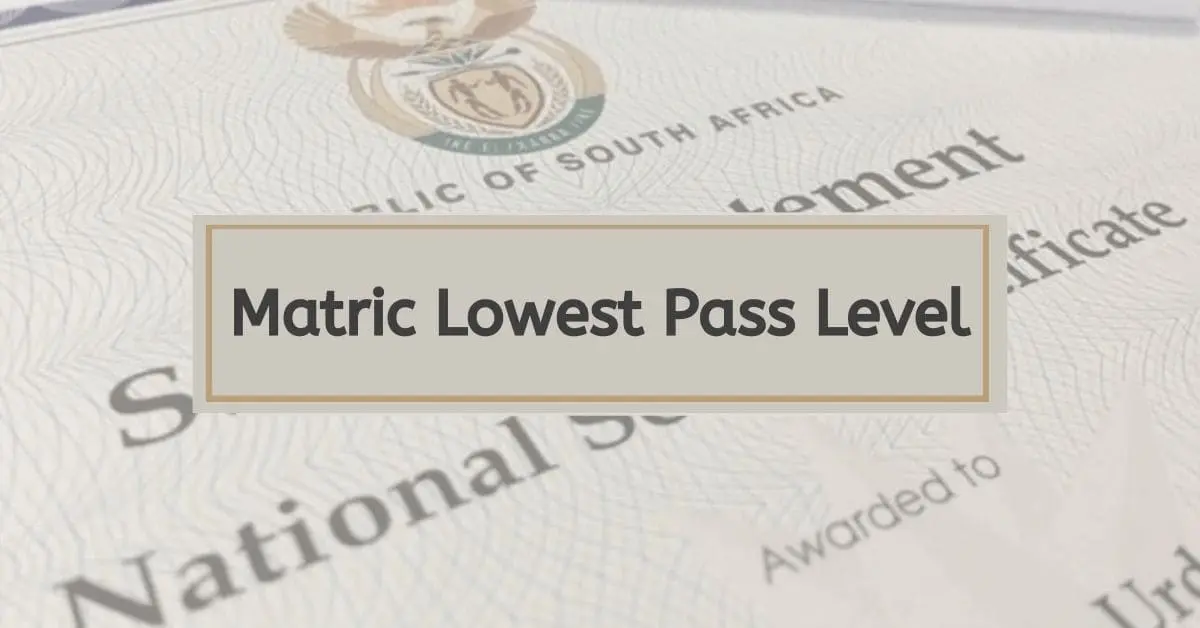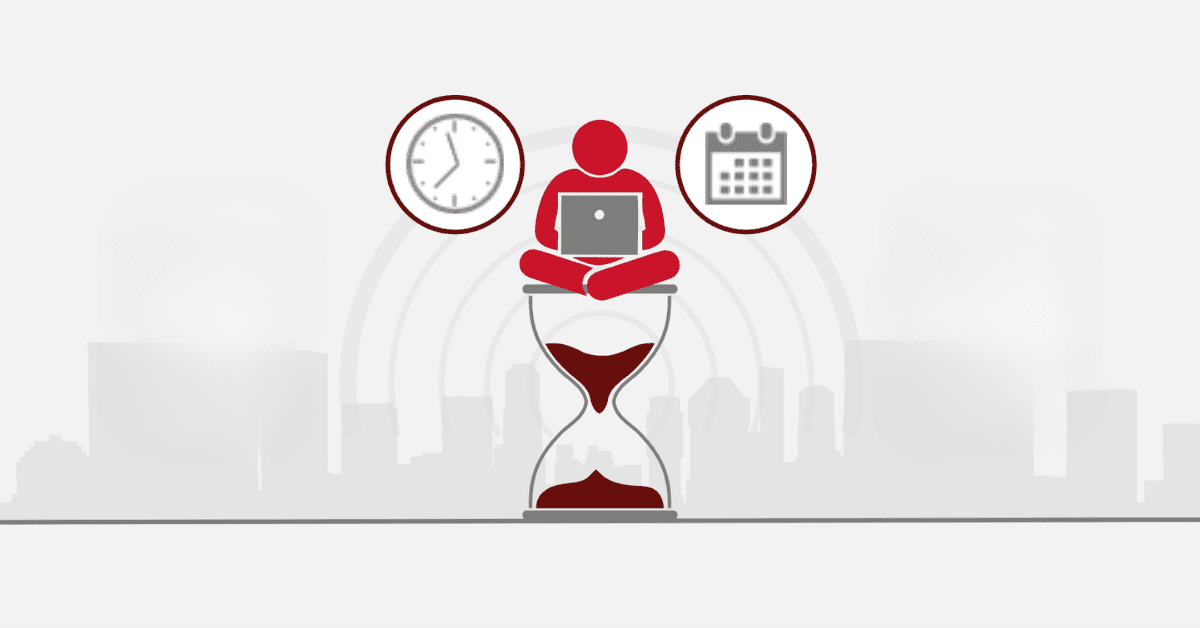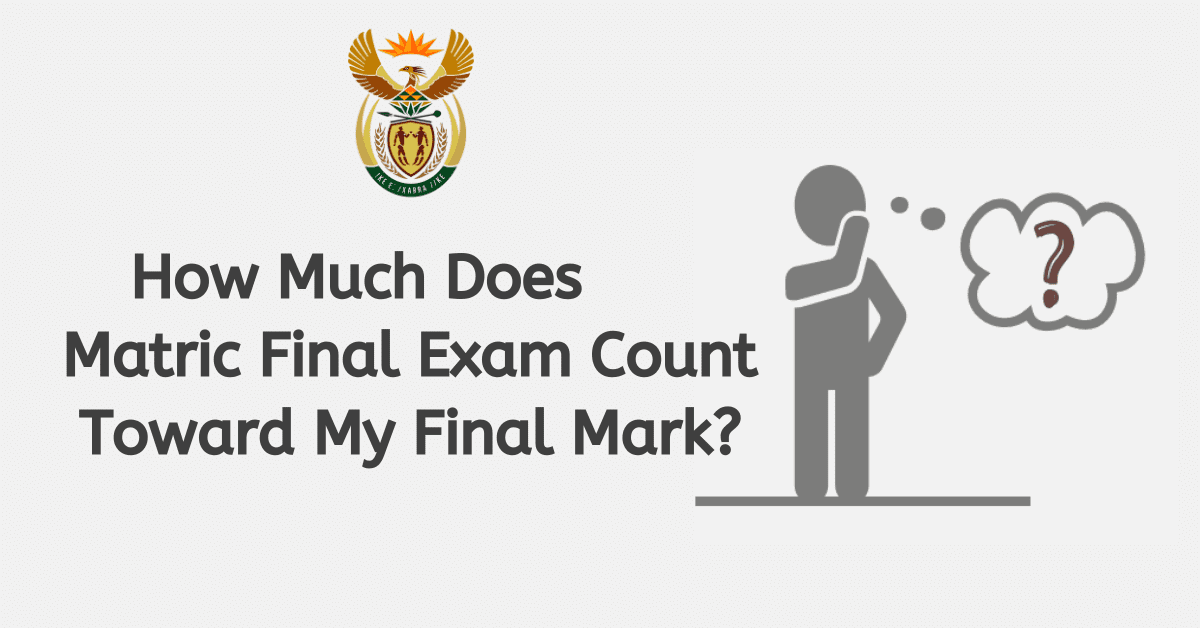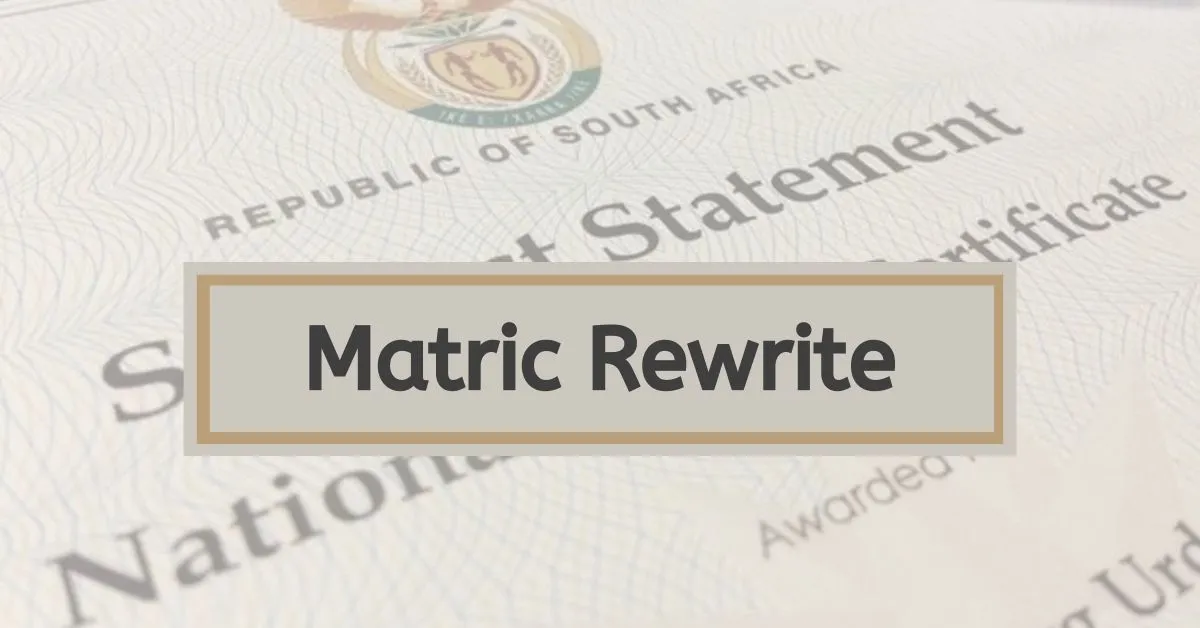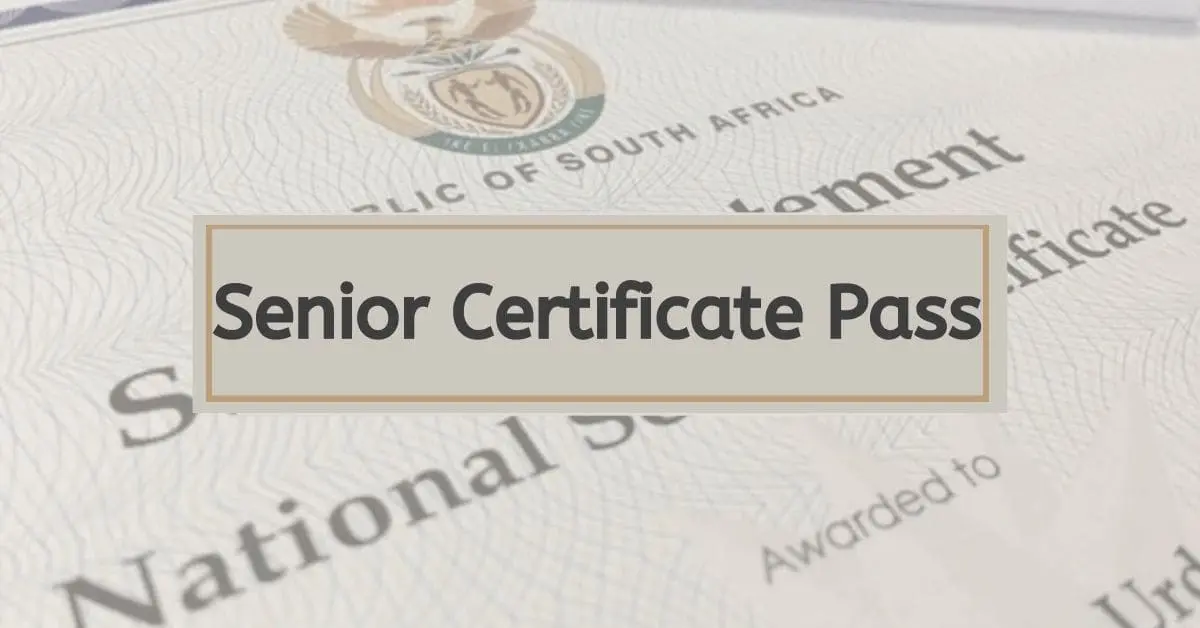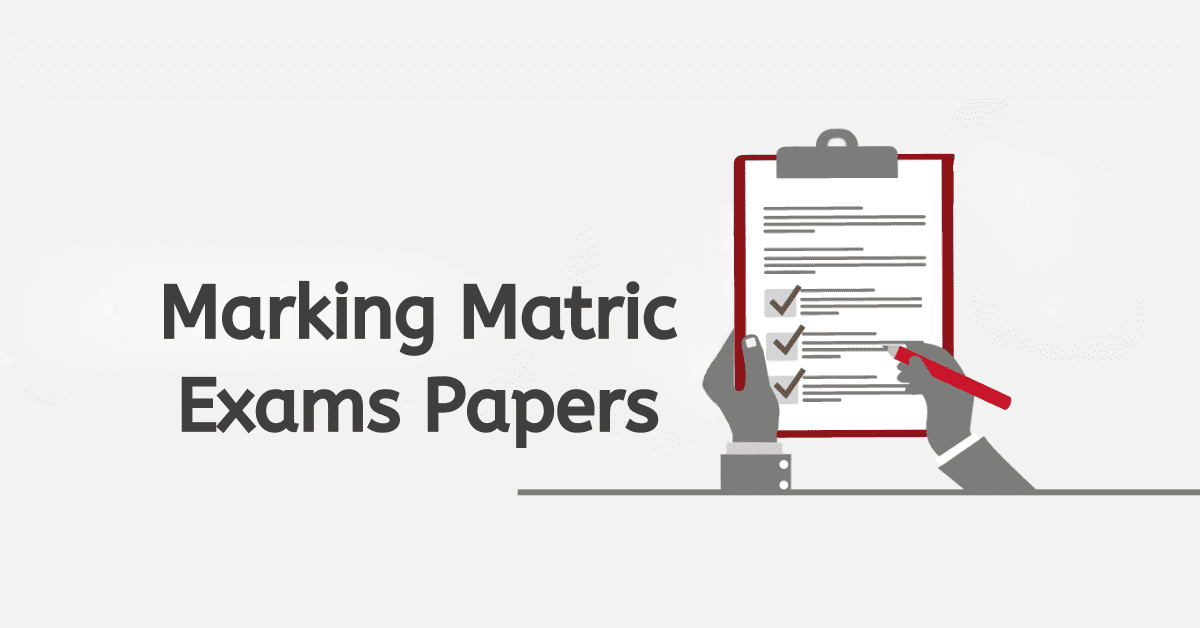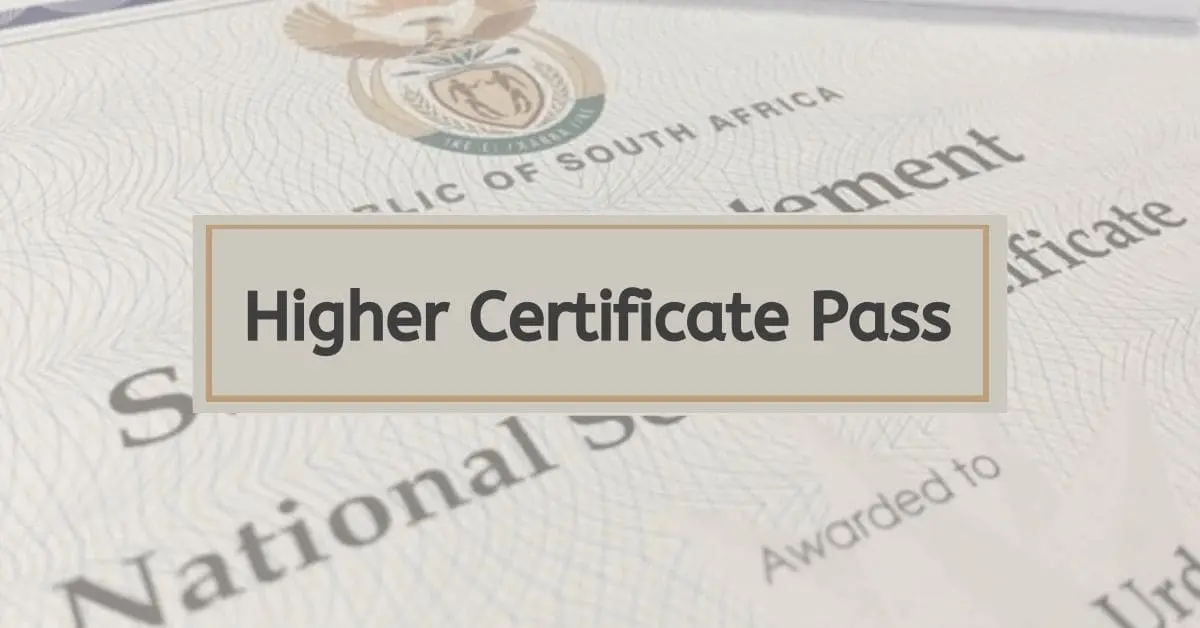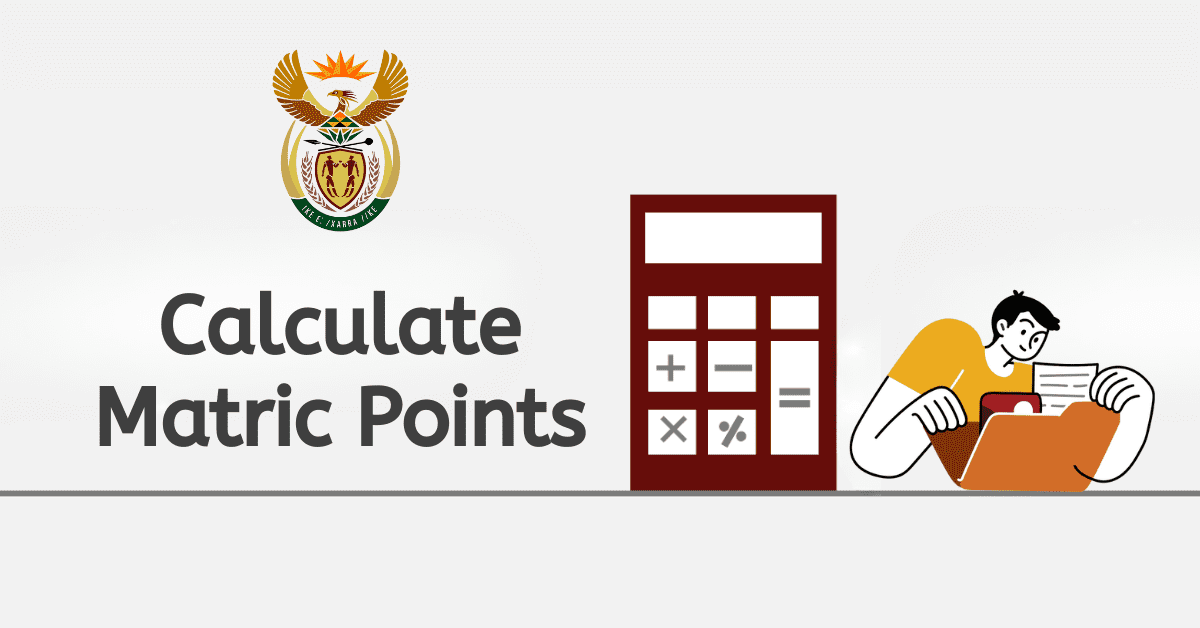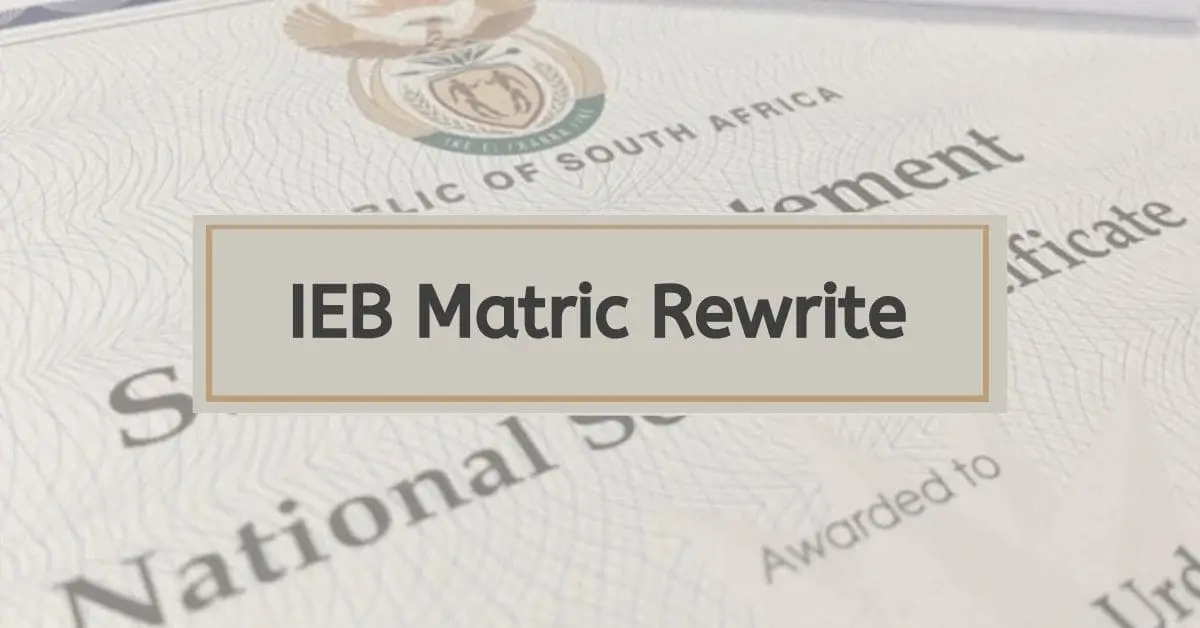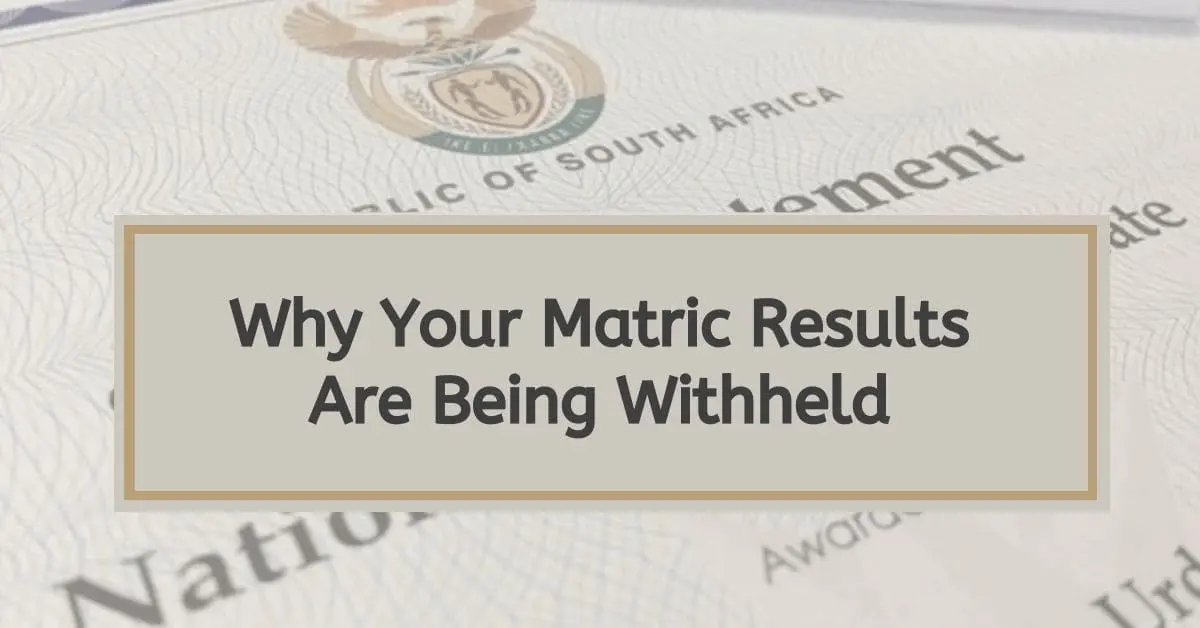If you didn’t perform well academically on your final matric examinations, it is not the end of the world. One of the options you can look at to open more doors for your future career path is to upgrade your matric as an adult learner. You can then opt to combine your matric results- a process which will give you a Senior Certificate displaying your best marks through both examination sessions, giving a better average overall. Here’s what you should know about this process.
How to Combine Matric Results After Upgrading
The process of combining your matric results after an upgrade, or for any other reason, is surprisingly simple. However, the Department of Education will not automatically combine your matric results. So if you want to receive a Senior Certificate, either for work or further education, you must initiate the application yourself. All you need are certified copies of your two (or more) matric session results and a certified copy of your ID document. You can apply online through the Government Portal. You will pay a fee and wait for your certificate to be issued.
Anyone who obtained matric results over two different sessions can apply to have their results combined. Perhaps you didn’t take enough subjects with your initial session, or you failed some of them and used a supplementary examination session to recover from this. Or you may have completed a Matric Upgrade as an adult learner and want to combine your received results with those you got in your initial exam session. Regardless of why you want to combine your results, there are some minimum benchmarks you will need to meet:
- There must be at least five subjects passed
- Only one subject failure can be shown on the certificate
- Higher Grade subjects must be converted from F to E or higher. Only one higher grade subject can be converted from FF or G, and only as a sixth minimum subject.
- Your certified mark will be used if you ‘downgraded’ subjects from higher grade to standard.
- If an original and an upgraded subject have the same marks, they will be used in age order. For Mathematics, it will be preferred over Math Literacy if they had the same marks.
- Older, no longer used subjects from exam sessions many years ago may be problematic but can be used when aggregated- it’s best discussed directly with the Department if your initial examination session was over 5 years ago.
How Much Does it Cost to Combine Matric Results After an Upgrade?
It currently costs R144 to apply for a combined matric result, and you can expect to wait four to six weeks to receive your new Senior Certificate.
What Are the Disadvantages of Upgrading Matric Results?
Mostly, the process of upgrading your matric results will be a net positive for you. You can receive a Senior Certificate that better reflects your capabilities across a range of subjects, and you can use your subject choices to better fit with the educational opportunities you want to pursue. However, there are some disadvantages:
- If you struggle academically, there’s no guarantee you will perform better the second time around. However, if you take a smart and informed stance, choose subjects more within your skill set, and put in the extra time and effort to improve your marks, this need not be the case. Many of us are guilty of ‘messing around’ in our teen years, and a few years of maturity may be the difference you need to perform better.
- There is a time and cost commitment to upgrading your matric results, which you need to carefully consider versus any other options open to you. You may be better served going directly to work, for example, or targeting different tertiary education programs that will allow you to move on into your working life quicker. Matric Upgrades rarely qualify for any educational funding, so they usually have to be self-paid, or via a private sponsor.
- It may not make all that much of a difference for particular degrees or programs. If you’ve dreamed of entering medicine, for example, but do very poorly on the core subjects required, you may be able to upgrade your matric to a University Pass with other subjects- but it still won’t make you eligible for a medical career. Or, if you’re hoping to apply to a prestigious or specific tertiary education institution, you may still not qualify with upgraded marks. You may be better served by looking at your existing marks, their strengths and weaknesses, and how to leverage them for your future rather than chasing Senior Certificate passes.
What is the Difference Between Matric Upgrade and Supplementary?
Supplementary matric sessions are offered directly after your initial examination session. They’re intended for students who ‘didn’t make it’, or didn’t pass their matric at all. It’s a second chance to achieve your matric pass. You can go directly from school to a supplementary session the next year.
Upgraded matrics, on the other hand, are for those who managed an initial pass but either missed needed subjects or were not satisfied with their performance in the subjects they passed. You typically have to be 21 or older to upgrade your matric results.
What Happens if You Upgrade Matric and Fail?
Matric Upgrades are offered by a range of public and private institutions. There’s no time limit, aging-out, or other benchmarks. You can redo them as many times as you like, provided you have the time and financial capability. So if you try to upgrade and fail, you can choose to accept what marks you do have and pursue a different path, or try again if it will be worthwhile and viable to you. Remember, there are work and education opportunities that don’t require a matric pass.
